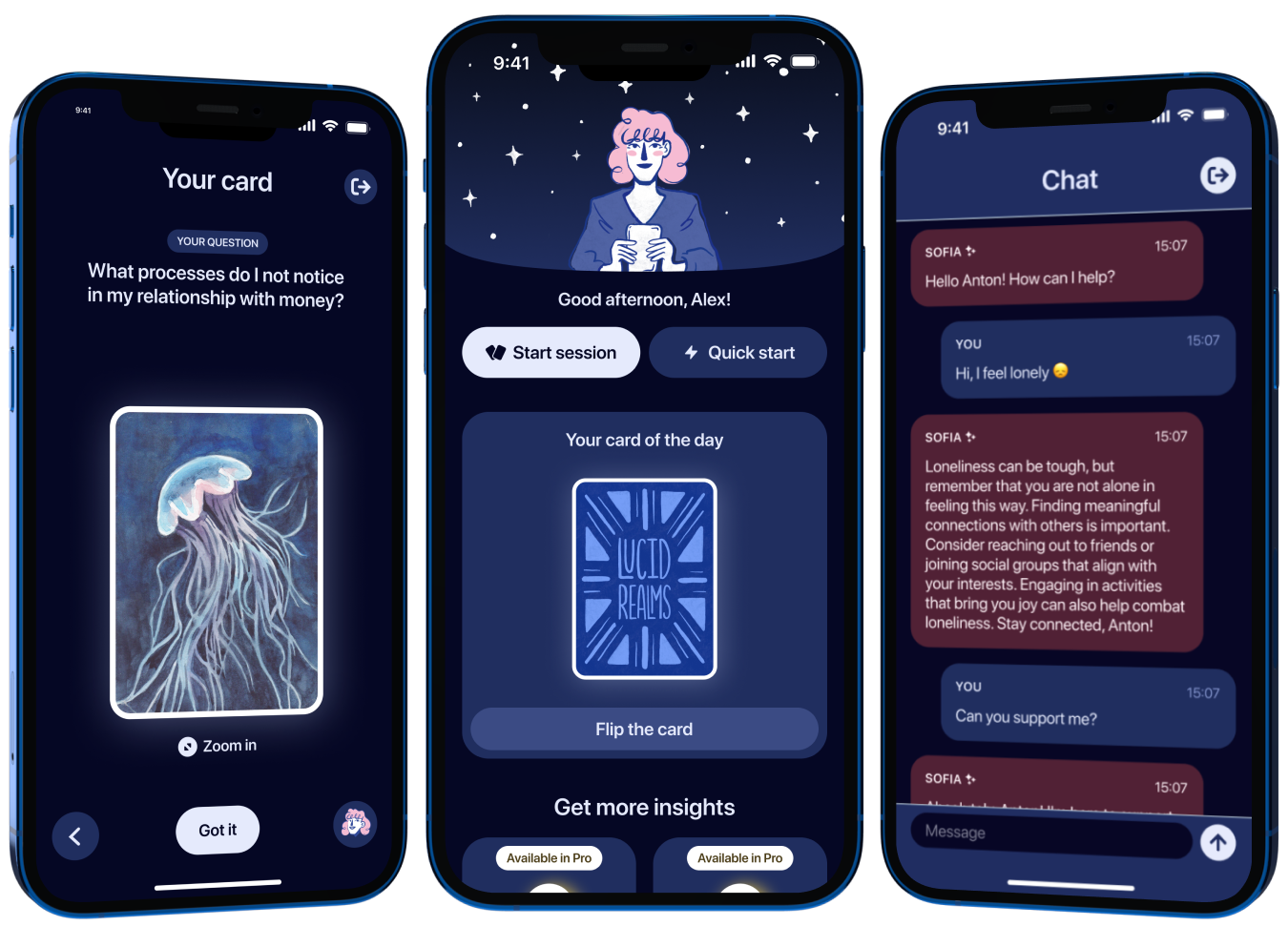We use cookies to give you a tasty experience!
Cookie Settings
We use cookies and data to:
Deliver an excellent service
Track outages and issues
Protect against spam, fraud and abuse
Measure site statistics to enhance the quality of our services
By continuing to browse our site, you’re agreeing to our use of cookies.
Deliver an excellent service
Track outages and issues
Protect against spam, fraud and abuse
Measure site statistics to enhance the quality of our services
By continuing to browse our site, you’re agreeing to our use of cookies.
Understanding and Treating Panic: An In-Depth Guide for Clinicians
Panic attacks are an exceedingly common phenomenon, with over 20% of individuals experiencing them during their lifetime. However, misconceptions around panic are equally prevalent. This article provides a robust overview of panic attacks to help clinicians accurately recognize, diagnose, and treat them.
Defining Panic
Panic attacks involve abrupt surges of intense fear, discomfort, and related somatic symptoms that crescendo rapidly and generally peak within minutes. Diagnostic criteria per the DSM-5 include at least 4 of the following symptoms emerging suddenly and peaking within 10 minutes:
- Palpitations or accelerated heart rate
- Sweating
- Trembling or chills
- Shortness of breath or sensations of smothering
- Feeling of choking
- Chest pain or discomfort
- Nausea or abdominal distress
- Dizziness, unsteadiness, or feeling faint
- Derealization or depersonalization
- Fear of losing control or “going crazy”
- Fear of dying
- Numbness or tingling sensations
- Hot flushes or chills
Situation-Specific vs. Spontaneous Panic
Panic attacks may be situationally-bound or spontaneous. Situational attacks occur reliably in response to specific triggers like public transit, open spaces, or social situations. Spontaneous attacks appear to arise “out of the blue.” However, research reveals that spontaneous attacks also frequently follow prolonged exposure to stressors like sleep loss, exhaustion, chronic pain, or relationship conflict.
Differential Diagnosis
While not a stand-alone diagnosis, panic attacks point to several associated conditions that warrant evaluation:
Anxiety Disorders:
Mood Disorders:
Substance Use Disorders:
Medical Conditions:
Anxiety Disorders:
- Panic disorder involves recurrent, unexpected panic attacks alongside persistent anxiety about additional attacks or their consequences. Agoraphobia frequently accompanies panic disorder.
- Social anxiety disorder manifests as intense anxiety triggered by social situations due to fear of embarrassment or judgment. Panic attacks often precede exposures to social situations.
- Generalized anxiety disorder consists of chronic, free-floating anxiety and worry about everyday concerns. Panic attacks may occur in response to escalating anxiety.
- Post-traumatic stress disorder causes panic attacks in response to reminders of a psychologically traumatic event.
Mood Disorders:
- Major depressive disorder or persistent depressive disorder can include panic attacks triggered by rumination over hopeless thoughts.
- Bipolar disorder may feature panic attacks during depressive or manic episodes. Anxiety may also emerge as a side effect of medications like antidepressants.
Substance Use Disorders:
- Panic attacks frequently arise during withdrawal after chronic use of alcohol, benzodiazepines, and other central nervous system depressants.
- Paradoxical reactions like panic can also manifest during acute intoxication, especially at high doses.
Medical Conditions:
- Cardiopulmonary: Coronary ischemia, arrhythmias, pulmonary embolism, COPD exacerbations
- Neurological: Seizure disorders, vestibular dysfunction, stroke/TIA
- Endocrinologic: Thyroid dysfunction, hypoglycemia, pheochromocytoma
- Gastrointestinal: Gastritis, peptic ulcer disease, inflammatory bowel disease
- Psychiatric: Medication side effects, psychiatric emergencies
Treatment Approach
Treatment selection depends on the diagnosis but often includes:
Benzodiazepines can rapidly resolve panic symptoms, differentiating between anxiety and medical emergencies like myocardial infarction. However, some medications like SSRIs may temporarily worsen anxiety. Concurrent benzodiazepines can alleviate this side effect until the antidepressant response manifests. A comprehensive treatment plan encompassing psychotherapy, lifestyle modifications, and targeted medications tailored to the diagnosis offers patients the best opportunity for overcoming disabling panic.
- Psychotherapy like CBT, applied relaxation, and exposure therapy
- Antidepressants including SSRIs for anxiety disorders and mood stabilizers like lamotrigine for bipolar depression
- Benzodiazepines for acute anxiety and insomnia; cautious dosing needed to avoid misuse
- Atypical antipsychotics for bipolar or schizoaffective disorders
- Gradual medication tapers for substance withdrawal
- Prevention of stimulant depletion in substance use disorders
- Treating medical conditions like hypothyroidism that may provoke anxiety
Benzodiazepines can rapidly resolve panic symptoms, differentiating between anxiety and medical emergencies like myocardial infarction. However, some medications like SSRIs may temporarily worsen anxiety. Concurrent benzodiazepines can alleviate this side effect until the antidepressant response manifests. A comprehensive treatment plan encompassing psychotherapy, lifestyle modifications, and targeted medications tailored to the diagnosis offers patients the best opportunity for overcoming disabling panic.





